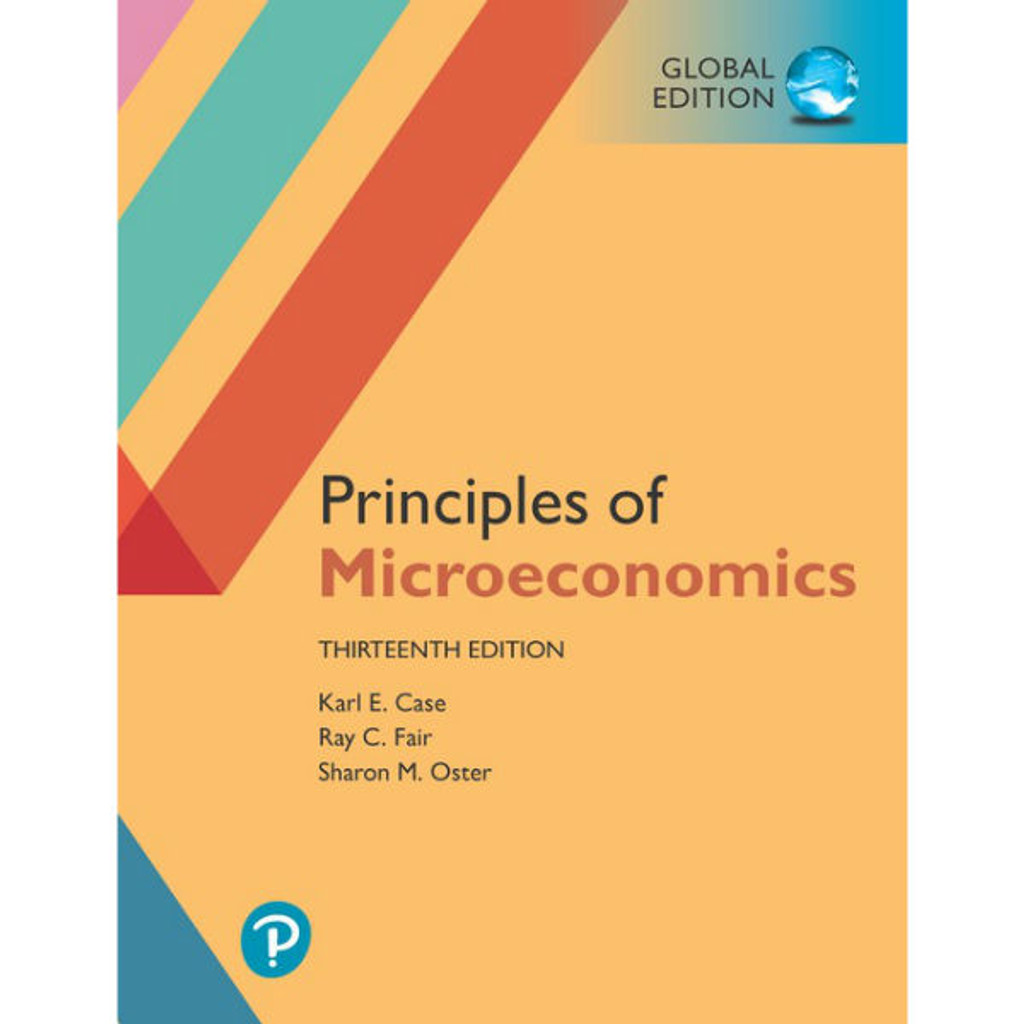Principles of microeconomics 10th edition – Principles of Microeconomics, 10th Edition, is a comprehensive and up-to-date textbook that provides a thorough understanding of the fundamental concepts and principles of microeconomics. This book is an essential resource for students, researchers, and professionals seeking to gain a deep understanding of the economic decision-making process and the behavior of individuals and firms in various market structures.
The book covers a wide range of topics, including scarcity, choice, opportunity cost, demand and supply, elasticity, consumer behavior, production and costs, market structures, game theory, government intervention, international trade, and economic growth. Each chapter is meticulously structured to provide a clear and logical progression of concepts, supported by real-world examples and case studies to enhance understanding.
Microeconomic Concepts
Microeconomics studies the behavior of individual entities within an economy, such as households, firms, and individuals. It examines how these entities make decisions and interact with each other in markets.
Fundamental concepts in microeconomics include:
- Scarcity: Resources are limited, and individuals and firms must make choices about how to allocate them.
- Choice: Individuals and firms make decisions based on their preferences and constraints.
- Opportunity cost: The value of the next best alternative that is given up when a choice is made.
These concepts play a crucial role in understanding how individuals and firms make economic decisions and how markets function.
Demand and Supply
The law of demand and supply explains how the interaction between buyers (demand) and sellers (supply) determines market prices and quantities.
The law of demand states that, all other factors being equal, as the price of a good or service increases, the quantity demanded decreases. Conversely, the law of supply states that, all other factors being equal, as the price of a good or service increases, the quantity supplied increases.
The equilibrium price and quantity occur where the quantity demanded equals the quantity supplied.
Factors that can shift demand and supply curves include:
- Changes in consumer tastes and preferences
- Changes in income
- Changes in technology
- Changes in government policies
Shifts in demand and supply curves affect equilibrium prices and quantities.
Elasticity
Elasticity measures the responsiveness of demand or supply to changes in price or other factors.
Price elasticity of demand measures the percentage change in quantity demanded in response to a 1% change in price. Price elasticity of supply measures the percentage change in quantity supplied in response to a 1% change in price.
Elasticity coefficients can be used to determine how sensitive demand or supply is to changes in price or other factors.
Consumer Behavior: Principles Of Microeconomics 10th Edition
The theory of consumer choice explains how consumers make decisions about what goods and services to purchase.
Consumers maximize their utility (satisfaction) by choosing the combination of goods and services that provides them with the most value, given their budget constraints.
Factors that influence consumer preferences and decision-making include:
- Income
- Prices
- Tastes and preferences
- Advertising
Production and Costs

Production refers to the process of converting inputs (such as labor and capital) into outputs (goods and services).
Different types of production processes and cost structures exist.
Firms minimize costs by choosing the optimal combination of inputs and production processes.
The relationship between production costs and output is important for understanding firm behavior and market outcomes.
Market Structures
Market structure refers to the number and size of firms in a market and the degree of competition.
Types of market structures include:
- Perfect competition
- Monopoly
- Oligopoly
The characteristics and behavior of firms in each market structure differ, affecting market outcomes such as prices, quantities, and profits.
Game Theory
Game theory analyzes strategic interactions between firms.
Firms make decisions that take into account the actions and reactions of other firms.
Game theory applications in microeconomics include pricing and advertising decisions.
Government Intervention
Government can intervene in markets to achieve various objectives.
Government intervention can include:
- Price controls
- Taxes and subsidies
- Regulation
Government intervention can have significant effects on market outcomes, but it also involves potential costs and benefits.
International Trade
International trade refers to the exchange of goods and services between countries.
The theory of comparative advantage explains why countries specialize in producing and exporting goods and services for which they have a lower opportunity cost.
Trade barriers, such as tariffs and quotas, can restrict international trade.
Economic Growth
Economic growth refers to the sustained increase in a country’s output of goods and services.
Determinants of economic growth include:
- Technology
- Innovation
- Government policies
Economic growth is essential for improving living standards and reducing poverty.
Detailed FAQs
What is the main focus of microeconomics?
Microeconomics focuses on the behavior of individual entities, such as consumers, firms, and households, and their interactions within specific markets.
How does demand and supply affect market equilibrium?
The interaction of demand and supply forces determines the equilibrium price and quantity in a market, where the quantity supplied equals the quantity demanded.
What is elasticity, and why is it important?
Elasticity measures the responsiveness of demand or supply to changes in price or other factors, providing insights into the sensitivity of market participants to price fluctuations.
How do market structures influence firm behavior?
Market structures, such as perfect competition, monopoly, and oligopoly, shape the behavior of firms, affecting their pricing strategies, output levels, and market power.
What role does government intervention play in microeconomics?
Government intervention can influence market outcomes through policies such as price controls, subsidies, and regulations, aiming to address market failures or achieve specific economic objectives.